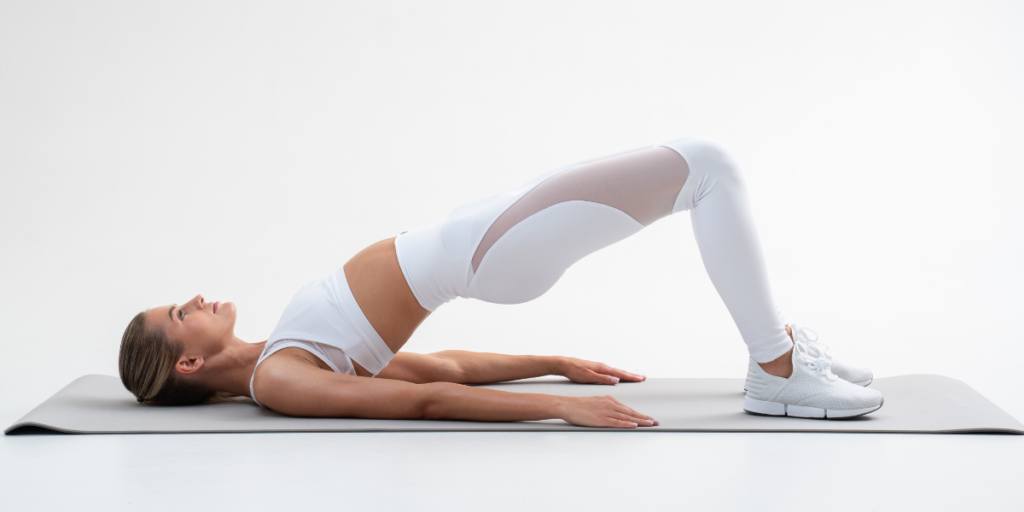How do I Get Rid of a Chronic Fissure?
- January 22, 2025
Chronic anal fissure are a persistent and painful condition that can significantly impact one’s quality of life. These small tears or cracks in the lining of the anal canal can cause intense pain and discomfort, especially during bowel movements. For those suffering from this condition, finding effective treatment is crucial. This blog explores how to get rid of a chronic fissure, highlighting the expertise of the best fissure doctor in Delhi and the advanced treatment options available.
Understanding Chronic Fissure
A chronic fissure is a long-standing tear in the anal canal that fails to heal within six weeks. Unlike acute fissure, which may heal on their own with minimal intervention, chronic fissure require more intensive treatment. The primary symptoms include:
- Severe Pain: Intense pain during and after bowel movements is a hallmark of chronic fissure. This pain can last for several hours.
- Bleeding: Bright red blood on toilet paper or in the stool is common.
- Itching and Irritation: Persistent itching around the anus can occur.
- Visible Tear: A small tear or crack may be visible near the anal opening.
Causes of Chronic Fissure
Several factors can contribute to the development of chronic fissure, including:
- Constipation: Passing hard stools can cause tears in the anal lining.
- Straining: Excessive straining during bowel movements increases the risk of fissure.
- Diarrhea: Frequent loose stools can irritate the anal canal.
- Inflammatory Bowel Disease (IBD): Conditions like Crohn’s disease can cause fissure.
- Anal Trauma: Injuries from childbirth or anal intercourse can lead to fissure.
- Poor Blood Flow: Reduced blood flow to the anal region can hinder healing.
Seeking Expert Care: Fissure Doctor in Delhi
For those dealing with chronic fissure, seeking the expertise of a specialist is essential. Delhi is home to some of the best doctors for fissure treatment, offering advanced and effective solutions. One such renowned specialist is Dr. S.K. Singh, considered the best fissure doctor in Delhi, who leads the Sushruta Ano-Rectal Institute.
Advanced Fissure Treatment at Sushruta Ano-Rectal Institute
The Sushruta Ano-Rectal Institute, led by Dr. S.K. Singh, offers the best non surgical and advanced fissure treatment in Delhi i.e. Ksharsutra Therapy and Kshara Karma Therapy. Dr. Singh’s expertise and the institute’s state-of-the-art facilities ensure comprehensive care and effective management of chronic fissure. The institute’s patient-centric approach prioritizes comfort and satisfaction, providing personalized treatment plans tailored to each individual’s needs.
Other Fissure Treatment Options for Chronic Fissure
The best fissure treatment in Delhi focuses on non-surgical methods to provide relief and promote healing. Here are some of the other treatment options available:
- Topical Medications: Prescription creams and ointments can help relax the anal sphincter muscle, reduce pain, and promote healing. Commonly used medications include:
- Nitroglycerin Ointment: This helps increase blood flow to the fissure and relaxes the anal sphincter.
- Calcium Channel Blockers: These medications, like diltiazem or nifedipine, can also relax the anal sphincter and improve blood flow.
- Botulinum Toxin Injections (Botox): In cases where muscle spasms prevent healing, Botox injections can temporarily paralyze the anal sphincter muscle, allowing the fissure to heal.
- Dietary and Lifestyle Changes: Addressing the underlying causes of constipation and diarrhea is crucial. This includes:
- High-Fiber Diet: Increasing fiber intake through fruits, vegetables, whole grains, and legumes helps soften stools and promote regular bowel movements.
- Hydration: Drinking plenty of water helps prevent constipation.
- Regular Exercise: Physical activity improves bowel function and reduces the risk of constipation.
- Sitz Baths: Soaking the anal area in warm water several times a day can provide pain relief and promote healing by increasing blood flow to the area.
- Stool Softeners and Laxatives: These can help prevent straining during bowel movements by keeping stools soft and easier to pass.
Why Choose the Best Doctor for Fissure Treatment in Delhi?
Choosing the right doctor for fissure treatment is critical for successful outcomes. Here’s why Dr. S.K. Singh is considered the best fissure doctor in Delhi:
- Expertise and Experience: Dr. Singh has extensive experience in treating chronic fissure and other anorectal disorders. His knowledge and skill ensure accurate diagnosis and effective treatment.
- Comprehensive Care: The Sushruta Ano-Rectal Institute offers a holistic approach to fissure treatment, addressing not only the symptoms but also the underlying causes.
- Non-Surgical Focus: Dr. Singh emphasizes non-surgical treatments, providing relief with minimal discomfort and quicker recovery times.
- State-of-the-Art Facilities: The institute is equipped with advanced diagnostic tools and treatment technologies, ensuring the highest standard of care.
- Patient-Centric Approach: From initial consultation to post-treatment follow-up, the institute prioritizes patient comfort and satisfaction, ensuring a supportive and compassionate environment throughout the treatment journey.
Prevention of Chronic Fissure
Preventing chronic fissure involves adopting healthy habits and making lifestyle changes to reduce the risk factors associated with their development:
- Eat a High-Fiber Diet: Consuming a diet rich in fiber helps promote regular bowel movements and prevent constipation.
- Stay Hydrated: Drinking plenty of water helps soften stools, making them easier to pass and reducing strain on the anal veins.
- Exercise Regularly: Engaging in regular physical activity improves bowel function and circulation, reducing the likelihood of developing fissure.
- Avoid Prolonged Sitting: Taking breaks from prolonged sitting and incorporating movement throughout the day can prevent pressure on the anal area.
- Practice Good Toilet Habits: Avoid straining during bowel movements and use the bathroom when the urge strikes to prevent constipation.
Conclusion
Chronic fissure can cause significant discomfort and disrupt daily life, but effective treatment is available. For those seeking the best fissure treatment in Delhi, the Sushruta Ano-Rectal Institute, led by the best fissure doctor in Delhi, Dr. S.K. Singh, offers advanced non-surgical options and comprehensive care. By making dietary and lifestyle changes and seeking expert care, individuals can effectively manage and prevent chronic fissure, ensuring a better quality of life. Don’t let chronic fissure disrupt your life—take proactive steps towards healing and recovery with the trusted care of Dr. S.K. Singh and his team.
Read More : Difference between Piles, Fissure and Fistula






